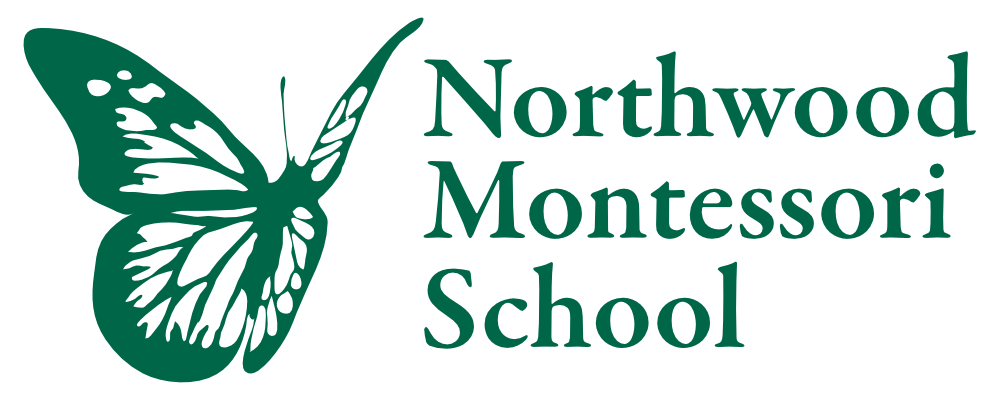History of Montessori Schools
History of Montessori Schools
Montessori education dates back to 1907, when Maria Montessori opened the Casa dei Bambini, or Children’s House, in a low-income district of Rome. Her unique philosophy sparked the interest of educators worldwide, and in the following decades Montessori schools opened throughout Europe, in North and South America, and, finally, on every continent but Antartica.
Countless books and articles about Montessori have been published in nearly every language. Dr. Montessori first described her approach in Il Metodo della Pedagogia Scientifica applicato all’educazione infantile nelle Case dei Bambini, published in 1909. The book’s English-language version, succinctly titled The Montessori Method, was a great success on both sides of the Atlantic.
In 1929 Dr. Montessori established the Association Montessori Internationale (AMI) to support the swell of Montessori schools, teacher education programs, and national organizations around the world.
In the United States, Montessori caught on quickly, propelled by prominent advocates and glowing media reports. But by the 1920s the movement had fizzled, and 40 years would go by before Montessori schools would return in substantial numbers.
The leader of the American revival was Nancy McCormick Rambusch, a vibrant, persuasive educator intent on bringing about change. In 1960 Dr. Rambusch launched the American Montessori Society, the first—and still the largest—of several modern-era organizations supporting Montessori in America.


